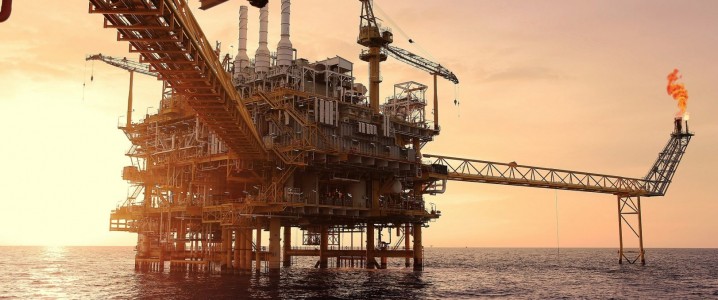It has been a busy few days for oil price spotters: first BP revised down its long-term oil price projection to $55 per barrel of Brent crude, and then the U.S. Energy Information Administration said it expected Brent to average $37 a barrel in the second half of this year and $48 a barrel in 2021. That is just bad news for the long term and bad news for the short term.
It is worth noting early on that every oil price projection is nothing more than a prediction. Nobody knows where oil prices will be in a year, let alone in three decades.
BP’s CEO himself has made a point of noting that in several interviews. Nevertheless, oil price projections are still being made, based on current demand and supply patterns and expectations of how these patterns will change over a certain time. And if these latest projections materialize, high-cost producers have much work ahead of them.
The supply and demand pattern for oil in 2019, according to BP, was not particularly optimistic. That was before the oil price war in March and the pandemic that led to a collapse in demand. Last year, BP said, oil consumption globally grew by just 900,000 bpd. Supply, on the other hand, fell by a modest 60,000 bpd because—and this is important—strong growth in production in the United States offset the more than 2-million-bpd output decline in OPEC.
That U.S. shale threw a wrench in the works of OPEC is a fact. It has captured a lot of higher demand over the past few years at the expense of OPEC members, most of whom depend on their oil revenues to break even fiscally. In fact, according to data cited by Reuters’ John Kemp, U.S. producers have captured most of that new demand.
U.S. oil production, Kemp noted, has been growing a lot faster than consumption. “As a result, U.S. oil producers have captured between two-thirds and three-quarters of all the growth in global oil consumption over the last ten years, leaving little for other countries.”
But U.S. shale is now in shambles because of the double shock from the Saudi-Russian price war and the coronavirus pandemic. Banks are growing increasingly unwilling to lend on a reserve-backed basis as they fear losses, and instead are cutting shale producers’ access to much-needed cash, the Wall Street Journal reported earlier this week. Bankruptcies are mounting, with the latest victim of the crisis none other than Chesapeake, one of the shale pioneers and biggest independent players in that field.
In short, U.S. shale is in trouble, which is good news for the low-cost producers in the Gulf.
Normally, a forced production cut in U.S. shale would have been enough for a price rebound to levels that would allow the Gulf economies’ budgets to break even. It is this breakeven that is important to them, not production costs that are notoriously the lowest in Saudi Arabia. For all these low production costs, Riyadh needs $78.30 a barrel of Brent to clear its budget, and $58.10 a barrel of Brent to clear its current account. And things are not much different for its Gulf neighbors.
But that is just the typical case–and the current oil market is anything but typical.
Now, the national oil companies—and U.S. shale drillers—have the unprecedented slump in oil demand to contend with. It is this slump in demand that has driven the lower-for-longer price forecasts–that and the projections that this demand may well never recover to pre-crisis levels.
And then there is something else.
“U.S. production has grown faster than output in the rest of the world and global consumption every year since 2009 – with the exception of 2016,” Kemp wrote this week. “It has grown faster whenever Brent prices averaged $64 or more in real terms, the exception again being 2016, when prices averaged just $47 and U.S. output fell.”
Once again, high-cost producers are between the rock of needing higher prices to clear their budgets and the hard place of allowing low-cost, private U.S. drillers to steal more of the market share that they have taken for granted for decades as a result of these higher prices.

